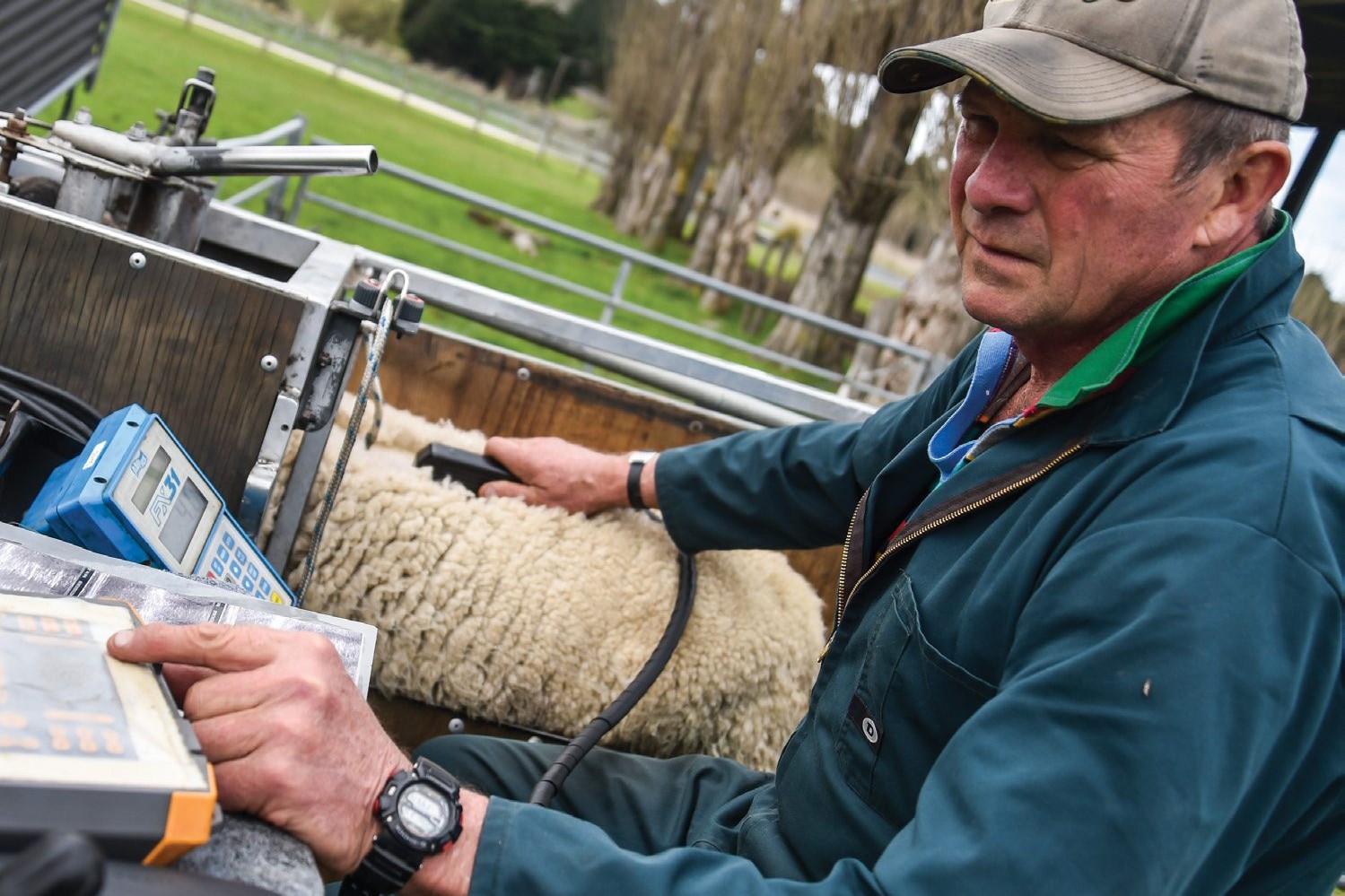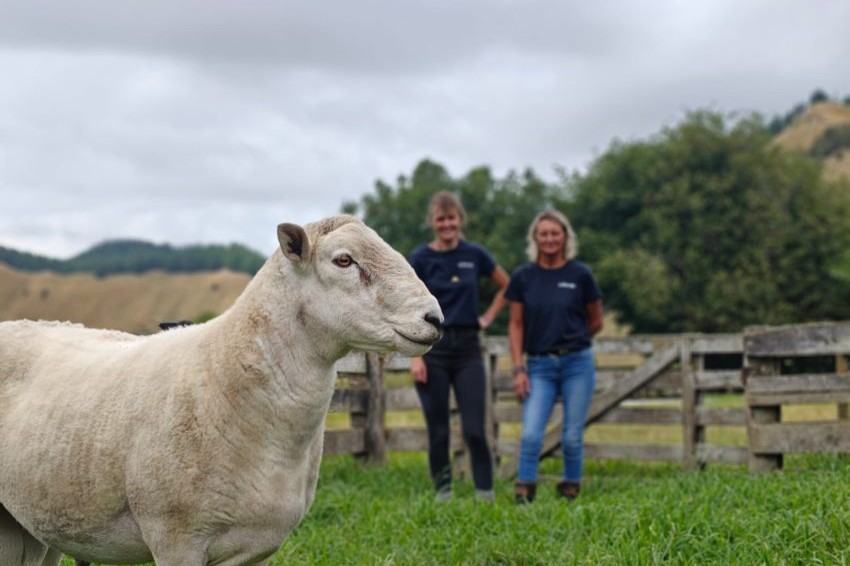Scanning for IMF in sheep
Scanning cattle for their intramuscular fat has led to a similar programme with sheepmeat, James Hoban writes.

Scanning cattle for their intramuscular fat has led to a similar programme with sheepmeat, James Hoban writes.
Working with the first meat company in the world to assess intramuscular fat (IMF) in cattle before slaughter has seen Dunedin-based Peter Clulee pioneer IMF scanning for sheep.
Over a two-year period, Clulee was contracted to scan cattle for ANZCO as part of the Blue Apron programme. During that time he scanned nearly 20,000 cattle, each within a week of them being killed.
The images Clulee captured were sent to the United States and compared with post-slaughter carcase assessments. The person in the US who Clulee worked with has an extensive background in scanning cattle for IMF and has developed an algorithm for scanning assessments which has been found to be about 95% accurate. He trained Clulee in how to use the scanner and for this work Peter had to take a minimum of five images for each assessment.
At the end of the ANZCO work, Clulee bought the scanner and has continued to use it for cattle as well as with a growing number of ram breeders who are interested in gauging levels of IMF in their sheep. He has been assessing the IMF in sheep for more than three years now. Clulee and his wife Carolyn’s business Otago Ultrasound has more than 280 sheep-breeding eye muscle scanning clients and the number of them showing interest in the IMF assessment process is growing.
The approach Clulee is taking with sheep has shown promise in a preliminary study in which he ultrasound scanned lambs at AgResearch Invermay. These lambs were subsequently processed, and the IMF of the loin estimated by a laboratory. However, more animals with ultrasound data matched with laboratory measured loin IMF from a greater range of IMF values are needed to confirm the predictive ability of the ultrasound method.
Clulee says the American who taught him how to use the scanner will not accept images from any other machine. The scanner he uses is state of the art and the only one being used in New Zealand. While Clulee is not the only person carrying out IMF assessments of sheep and cattle in NZ, he has a special method and is the only person using that machine.
His scoring system differs from others and Clulee explains that after analysing thousands of images he believes a one to three ranking is most meaningful for his clients.
“You are really splitting hairs trying to distinguish between a three, four or five.”
Accordingly, Clulee assesses and scores animals as either one – very little IMF, two – average level of IMF or three – above average IMF – shown by a lot of colouring and white in the pictures he captures.
Genetic studies measuring IMF from loins sourced from NZ sheep industry progeny tests have shown IMF to be highly heritable, with heritability estimates greater than 0.5. In the cattle industry ultrasound is used to generate breeding values for IMF. To enable this to happen in sheep more data is required to confirm the predictive ability of each ultrasound approach to estimate the genetic merit of an individual. This will require a large dataset where laboratory-measured loin IMF and ultrasound data are collected on the same individual.
Clulee is working with scientists to identify funding sources to undertake the data collection required to allow breeding values to be generated using his approach.
He says the best ways for people to use the tool at present are to scan their top animals when selecting stud sires or to compare the sires they have used by scanning progeny groups. His eye muscle scanning clients are spread across the South Island and lower North Island and cover “just about every sheep breed”. While not all breeds have been represented in his IMF work so far, he has observed some interesting differences.
He is finding a lot more in the maternal breeds than the terminals and says the old English breeds seem to have more.
“I’m seeing a lot in Border Leicesters and Coopworths and I’m absolutely certain it is coming from the Border Leicesters.”
Peter believes a long-term focus on growth and meat in terminal breeds might be the reason these breeds are showing less IMF than maternal sheep. Interestingly, though, he has found variation between terminal breeds. He scans two terminal breeds for one client and says one of those breeds has quite high IMF while the other, despite those rams being “every bit as forward” barely has any. He has also found variation between sires within breeds.
For one Wairarapa Romney breeder, Peter ran off any rams with more than 5mm of subcutaneous fat and then scanned them for IMF. A third of those sheep scored three for IMF.
He says IMF is the last fat a sheep lays down and the first one to disappear when it gets a check. “Sheep have got to be in forward condition and to get a good result scanning the 45-50kg is about as early as you’ll see it.”
The evidence that IMF contributes to eating quality is irrefutable.
“It’s definitely what the chefs are after, but it is probably only niche at the moment. It’s hard to gain momentum until there is a premium paid for it.”




